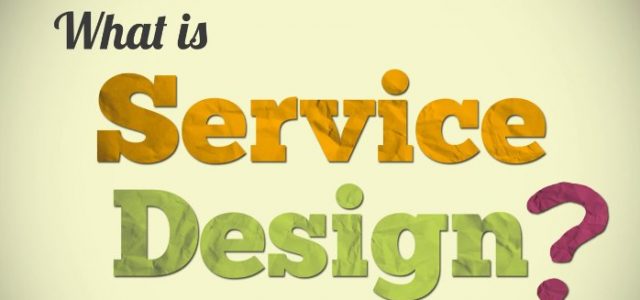Experience Optimization is an iterative process of understanding a business’s target audience, their challenges, their needs and ever-changing expectations, and delivering the best set of experience(s) consistently across all digital touchpoints based on, who they are and what they do through experiments and targeted campaigns using actionable data at a fast pace.
With the dawn of 2016, we have entered in to an interesting phase of our digital ecosystem where-in, Optimization is going to play a pivotal role in impacting the bottom-line revenue. This is a wake-up call for all those online enterprises, who are relying heavily on their acquisition campaigns and on-site promotions to drive top-line sales to start focusing on optimizing the cross-channel and cross-device experience of their online consumers by ingesting A/B and MVT Testing as a core component of their in-house design practice, and create an environment where, best-practices can be fearlessly challenged.
To prepare your organization for the Experience Optimization practice, and start seeing significant lifts in your Conversion Rate, here are five initiatives your organization needs to take:
- First and foremost, you need your core optimization team led by an Optimization Evangelist and backed by the top executive who has the muscle power to create the path for the evangelist to enter in to Design, Product Management, Marketing and IT domains. The alternative to this approach would be to engage an external optimization agency like Nabler to take care of all strategy and implementation. We have dealt with few medium to large enterprises in the past who had an experienced Optimization Strategist in-house but, lacked the technical know-how to execute on his/her ideas. In that case, we played the role of an execution partner who was responsible for setting up, running and analyzing the performance of the A/B and MVT Campaigns.
- Secondly, you need to create a culture of test-driven design changes across your organization irrespective of, whether you are making changes to the Page Content or Layout, or may be to your conversion workflows. To make this acceptable to your design team, it has to be driven by group of executives in your organization like, the Head of Digital, VP of Digital Marketing, VP of Product Management or Creative Head. For these individuals, running the bunch of tests every month is of no value because, they all have strategic goals which are at much higher level than simply running the series of A/B and MVT Tests. At the end of the day, it demands extreme amount of care and dedication to continuous hypothesis development, testing and improvement.
- Thirdly, you need to invest in a scalable, robust and highly-integrated optimization platform, which not only allows you to execute the entire optimization workflow but, empower your team to execute hundreds and thousands of experiments and targeted campaigns at smaller intervals. Another critical aspect of the optimization platform is, how well it allows you to leverage your test learnings and facilitate an iterative and highly personalized experience(s) to your online consumers across multiple devices by integrating with enterprise DMP platforms like Tealium, Ensighten, Krux In our experience, Optimizely, Adobe Target and Monetate provides a wonderful combination of Random, Targeted and Personalized experiences.
- Fourthly, you need a structured optimization plan that spreads across multiple departments and hold each one of them responsible for their individual areas. For example:
- The Implementation team would be responsible for:
- Provisioning a test environment by installing the necessary code snippets/SDKs.
- Designing and building custom integrations with CMS, datawarehouse etc.
- Setup, development, staging and production environments
- Tagging of custom events and goals
- Leveraging APIs for custom integrations
- The creative team would be responsible for:
- Creating alternative test experiences
- Writing and reviewing variation code
- The analytics team would be responsible for:
- Conversion Audits across multiple devices
- Finding Test Opportunities
- Building Test Hypothesis with core Optimization Strategist
- The Optimization Team lead by Optimization Strategist would be responsible for:
- Test Planning
- Creating Test Catalog
- Developing/Identifying Test Segments
- Prioritization of Test Backlogs
- End to end test setup
- End to test target and personalization campaign setup
- Communication of results to the executives
- Building data-driven culture
- Version Control
- Data Governance
- Fifthly, you need constant flow of cross-vertical ideas to bring freshness to your test catalog and maintain momentum in your optimization team and for this, we highly recommend engaging an agency who has worked across multiple industry verticals besides being specialized in your domain. To learn more about how Nabler can collaborate with your in-house optimization team and expedite your optimization initiatives, do visit our website.
To further enrich this topic and bring value for more readers, we always welcome feedback and opinion from the fellow optimization experts.
To learn more about Testing and Optimization, we would highly recommend visiting our NABCONVERT blog.
Happy Reading!
Article by channel:
Everything you need to know about Digital Transformation
The best articles, news and events direct to your inbox
Read more articles tagged: Featured






